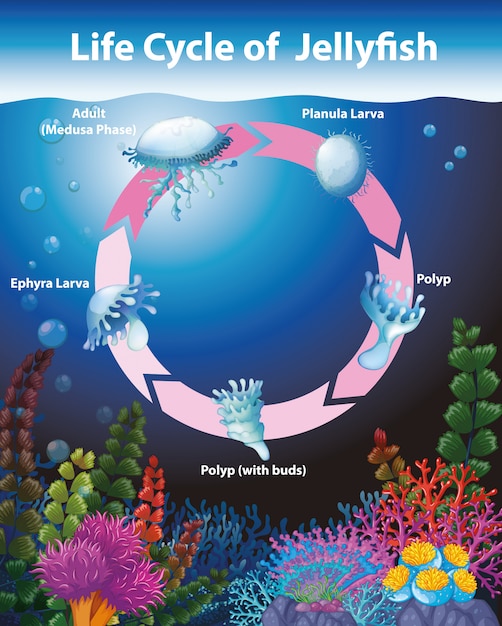Amazing Facts About Coral Reefs

Coral reefs are the underwater rainforests of the world.
The Great Barrier Reef is the largest coral reef system in the world, stretching over 2,300 kilometers.
Reef-building corals are actually tiny animals called polyps.
Some corals can live for hundreds of years, forming massive structures over time.
Coral reefs are home to the most diverse ecosystems on the planet.
Coral larvae can travel vast distances to find suitable places to settle and grow.
Coral reefs protect coastlines from erosion and storm damage.
Corals have a symbiotic relationship with algae, called zooxanthellae, which provides them with food through photosynthesis.
The vibrant colors of coral reefs come from the algae living inside them.
Coral spawning events, where corals release their eggs and sperm into the water, can create mesmerizing underwater snowstorms.
Some coral species can change their sex as needed to maximize reproduction rates.
Coral reefs are under threat from climate change and ocean acidification.
Coral bleaching occurs when corals expel their algae due to stress, leading to their death if not reversed.
Many marine species rely on coral reefs for food, shelter, and breeding grounds.
The health of coral reefs is an indicator of the overall health of the ocean.
Some corals have evolved unique adaptations to survive in extreme environments, such as deep-sea reefs and cold-water corals.
Amazing Facts About Coral Reefs part 2
Coral reefs are a valuable source of potential medical treatments, with compounds found in corals showing promise in fighting diseases like cancer.
The biodiversity of coral reefs rivals that of tropical rainforests, with countless species yet to be discovered.
Some corals glow in the dark, emitting a phenomenon known as bioluminescence.
Coral reef tourism generates billions of dollars and supports local economies.
Coral reefs are natural nurseries for many commercially important fish species.
Coral reefs can recover from damage if given enough time and protection.
Ancient civilizations, like the Mayans, used coral reefs for navigation and as a source of building materials.
Coral reefs provide essential habitat for endangered species like sea turtles and manatees.
The Polynesians were skilled navigators and used knowledge of coral reefs to explore the vast Pacific Ocean.
Coral reefs are a hotspot for scuba diving and snorkeling enthusiasts.
The secretive yet colorful world of coral reefs inspired many works of art and literature.
Coral reefs are known as the rainforests of the sea due to their incredible biodiversity.
Some corals can create their own sunscreen by producing special compounds that protect them from the sun’s harmful rays.
Coral reefs are like cities underwater, with different species occupying different niches and roles within the ecosystem.
Coral reefs are delicate, and even small disturbances can have lasting impacts on their health.
Coral reefs are being studied to develop more sustainable and efficient methods of energy production, such as biofuels.
Many coral reefs are located in marine protected areas to help safeguard their fragile ecosystems.
The shapes and structures of coral reefs depend on the species that build them and environmental conditions.
Coral reefs are a popular subject for scientific exploration and research due to their complexity and importance.
The intricate network of coral reefs provides hiding places and protection for countless organisms.
Some species of coral exhibit remarkable resilience, adapting to changing conditions and surviving for centuries.
The soundscape of coral reefs is a symphony of clicks, pops, and the chorus of marine life.
Coral reefs are a treasure trove for underwater photographers, capturing the beauty and diversity of the marine world.
Coral reefs serve as natural breakwaters, reducing the force of waves and protecting shorelines.
Climate change is the biggest threat to coral reefs, with rising temperatures and ocean acidification causing widespread bleaching events.
The relationship between coral reefs and humans is complex, with reefs providing resources, inspiration, and warnings about the state of the oceans.
Coral reefs act as nurseries for many fish species, ensuring the survival of future generations.
Some coral reefs have unique geological formations, such as underwater caves and towering coral pillars.
Coral reefs are a paradise for underwater adventurers, revealing a world of vibrant colors and astonishing beauty.